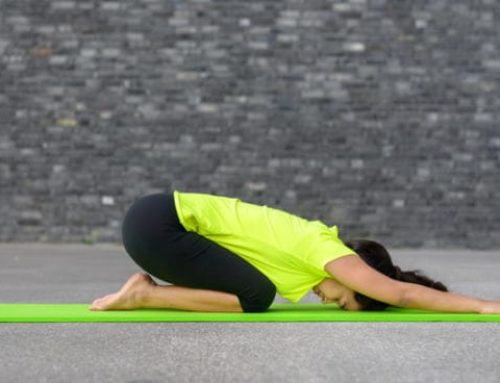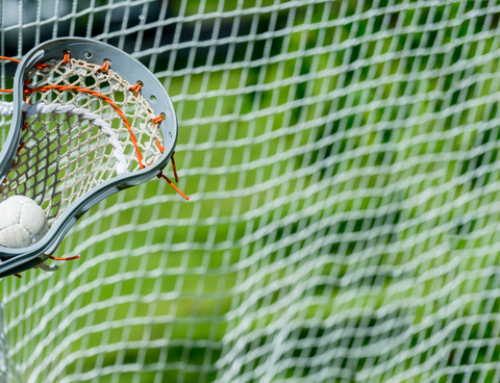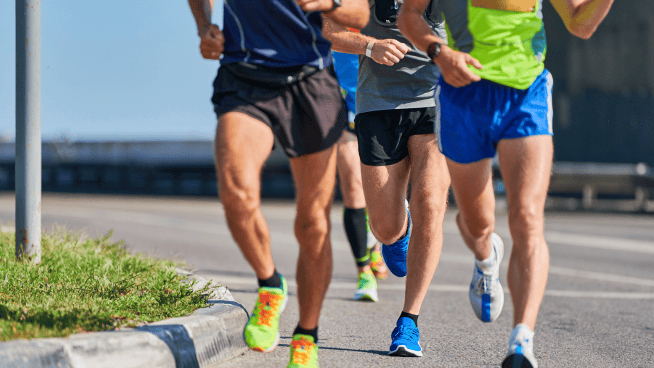Fundamentals of a Pre-Workout Warm-Up
The pre-workout warm-up is an oft-skipped part of training. Some feel it’s not important or they just don’t have the time. But the benefits are worth the effort—and the time.
The main goal of warming up is to prepare the body by increasing blood flow to the working muscles. A good warm-up will increase body temperature and mobility and prevent injury. It’s also a great way to work on your movement patterns and focus on any mobility issues you may be having.
We’ll break our warm-up into three sections: a tissue-quality phase, a mobility phase and a movement phase.
Tissue Quality
The tissue quality phase consists of foam rolling, which can be done with a roller or a tennis or lacrosse ball. Foam rolling is a form of myofascial release that increases range of motion. It also reduces any built-up scar tissue and turns off any over-active muscles to help you move and feel better.
Mobility
The mobility phase helps maintain or increase your range of motion at the joints, including the ankle, hip, thoracic spine and shoulder.
Movement
The movement phase gets you up and moving in patterns similar to the ones you use when you lift.
By the end of the warm-up, you should be sweating lightly. If you live in colder regions—below freezing for a part of the year—it’s a good idea to dress in layers when warming up and slowly remove your layers as your body heats up.
Foam Rolling
- Calves
- IT Bands
- Quads
- Hip Flexors
- Adductors
- Hamstrings
- Glutes
- Thoracic Spine Extensions
- Lats
- Pecs
Warm-Up
- Cook Hip Lift, 1×8 each side
- Scapular Push-Up, 1×8
- Kneeling Hip Flexor Mobility, 1×8 each side
- Bent Over Thoracic Spine Rotations, 1×8 each side
- Wall Ankle Mobility, 1×8 each side
- Squat to Stand, 1×8
- Overhead Lunge Walk With Heel Lift, 1×5 each side
- Alternating Lateral Lunge Walk, 1×5 each side
After your warm-up, you should feel ready to lift some serious metal objects and really get going in your workout.
Read more:
[cf]skyword_tracking_tag[/cf]RECOMMENDED FOR YOU
MOST POPULAR
Fundamentals of a Pre-Workout Warm-Up
The pre-workout warm-up is an oft-skipped part of training. Some feel it’s not important or they just don’t have the time. But the benefits are worth the effort—and the time.
The main goal of warming up is to prepare the body by increasing blood flow to the working muscles. A good warm-up will increase body temperature and mobility and prevent injury. It’s also a great way to work on your movement patterns and focus on any mobility issues you may be having.
We’ll break our warm-up into three sections: a tissue-quality phase, a mobility phase and a movement phase.
Tissue Quality
The tissue quality phase consists of foam rolling, which can be done with a roller or a tennis or lacrosse ball. Foam rolling is a form of myofascial release that increases range of motion. It also reduces any built-up scar tissue and turns off any over-active muscles to help you move and feel better.
Mobility
The mobility phase helps maintain or increase your range of motion at the joints, including the ankle, hip, thoracic spine and shoulder.
Movement
The movement phase gets you up and moving in patterns similar to the ones you use when you lift.
By the end of the warm-up, you should be sweating lightly. If you live in colder regions—below freezing for a part of the year—it’s a good idea to dress in layers when warming up and slowly remove your layers as your body heats up.
Foam Rolling
- Calves
- IT Bands
- Quads
- Hip Flexors
- Adductors
- Hamstrings
- Glutes
- Thoracic Spine Extensions
- Lats
- Pecs
Warm-Up
- Cook Hip Lift, 1×8 each side
- Scapular Push-Up, 1×8
- Kneeling Hip Flexor Mobility, 1×8 each side
- Bent Over Thoracic Spine Rotations, 1×8 each side
- Wall Ankle Mobility, 1×8 each side
- Squat to Stand, 1×8
- Overhead Lunge Walk With Heel Lift, 1×5 each side
- Alternating Lateral Lunge Walk, 1×5 each side
After your warm-up, you should feel ready to lift some serious metal objects and really get going in your workout.
Read more:
[cf]skyword_tracking_tag[/cf]










